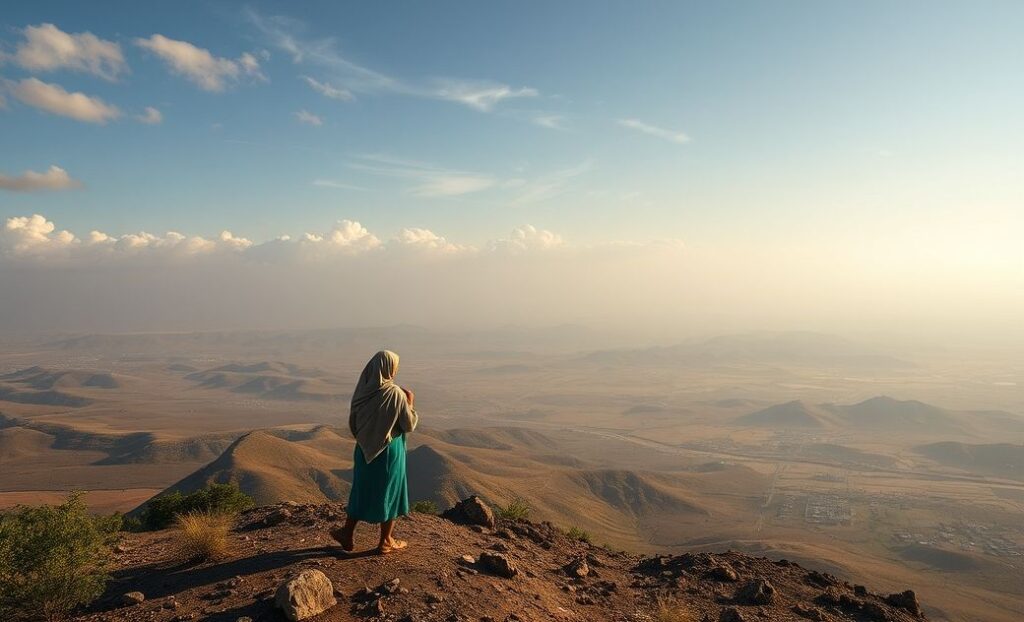Climate change is an undeniable reality that is reshaping our planet in various significant ways. Among its many implications is its profound impact on global migration patterns. As natural environments become increasingly inhospitable due to climate change, people are compelled to move from their homes in search of better living conditions. This phenomenon presents both challenges and opportunities for the global community.
Understanding Climate-Induced Migration
Climate-induced migration occurs when individuals or groups are forced to leave their homes due to sudden or gradual changes in their environment. These changes are often driven by factors such as extreme weather events, sea-level rise, and increased temperatures. Unlike traditional migration, which may be voluntary and often for economic reasons, climate-induced migration is frequently involuntary, driven by survival needs.
Extreme Weather Events
One of the primary drivers of climate-induced migration is the increase in frequency and intensity of extreme weather events. Hurricanes, floods, and droughts displace millions of people every year. For instance, in coastal regions, rising sea levels and storm surges can render areas uninhabitable, forcing residents to relocate permanently.
Sea-Level Rise
Low-lying island nations and coastal areas are especially vulnerable to rising sea levels. Areas such as the Maldives and parts of Bangladesh are witnessing eroding coastlines, which threaten local habitats and human settlements. This ongoing issue forces populations to migrate inland or to other countries altogether.
Impacts on Host Countries
The influx of climate refugees poses various challenges for host countries. It can strain resources, lead to competition for jobs, and increase social tensions. However, these migrations can also bring about potential benefits, such as cultural diversity and economic opportunities through an expanded labor force.
Resource Management
Host countries need to develop sustainable resource management strategies to accommodate newcomers. This includes providing access to housing, healthcare, and employment opportunities. Strategic planning is essential to ensure that the needs of both migrants and native populations are met without depleting resources.
Economic and Social Integration
Successful integration of migrants into local communities can yield economic advantages. Migrants often bring diverse skill sets and perspectives, contributing to innovation and growth. Programs that promote social cohesion and understanding can alleviate potential social tensions.
Global Response to Climate Migration
Addressing climate-induced migration requires international cooperation. Policies need to be formulated that protect climate refugees and facilitate their legal migration. The global community must recognize climate migrants’ rights and ensure their safe relocation and integration.
Policy Development and Cooperation
International organizations, governments, and NGOs must collaborate to establish frameworks that address climate migration. This includes creating binding international agreements that recognize climate migrants and allocate responsibilities among nations.
Mitigation and Adaptation Strategies
Investing in climate change mitigation and adaptation strategies is crucial. By reducing greenhouse gas emissions and enhancing resilience to climate impacts, we can potentially reduce the need for migration. Additionally, policies that support sustainable development in vulnerable regions can help communities adapt locally rather than migrate.
In conclusion, climate change is reshaping global migration patterns, presenting new challenges and opportunities. Understanding the dynamics of climate-induced migration and implementing effective strategies to address it is essential. Through proactive global collaboration, it’s possible to manage the impacts of this phenomenon in a way that is equitable and sustainable for all parties involved.
